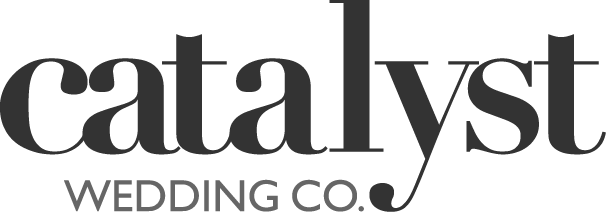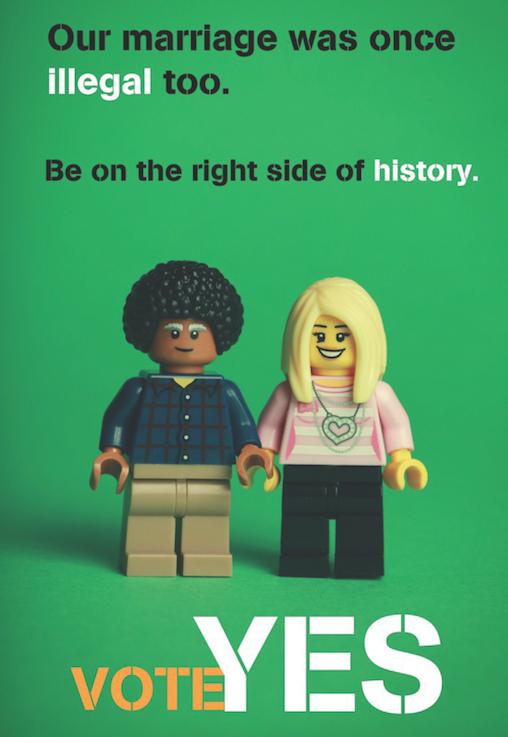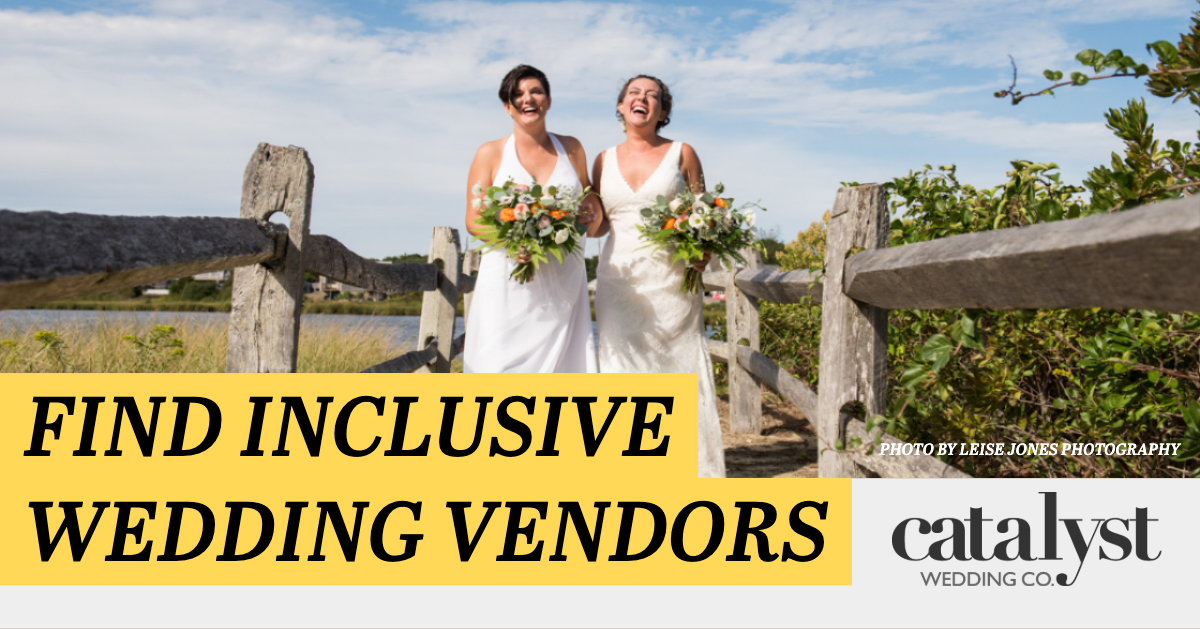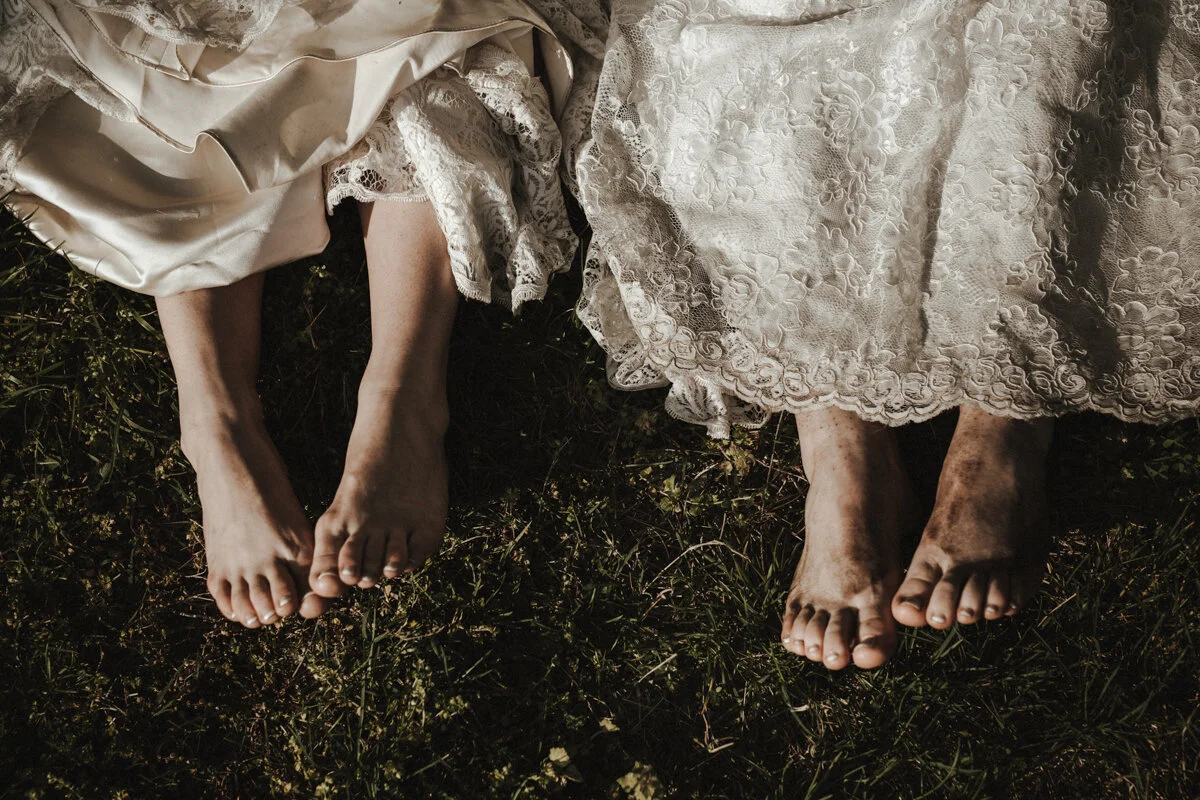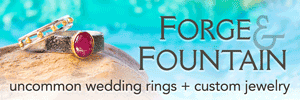Ireland's Road to Marriage Equality
/Everyone loves an Irish wedding, and thanks to the Marriage Equality referendum, there will be a lot more of them to look forward to!
Photos by Debbie Hickey
On 22 May 2015, more than 60 percent of Irish voters turned out to have their say on legalising same-sex marriage. An overwhelming 62 percent of them said “Yes” — and now gay couples in Ireland are saying “I do.”
Irish weddings can go on for days, but in this case, the party kicked off months before the first nuptials could take place. Dublin Castle, a former fort which has seen its fair share of historic events in the past seven centuries, was at the heart of celebrations. Crowds, decked out in rainbow flags and YES t-shirts, gathered there as the first votes were being counted on that unseasonably warm spring day and stayed on well after the final announcement was made.
Campaigners, celebrity supporters, and politicians welcomed the results with a mighty cheer — and the odd impromptu marriage proposal. As these joyful images made their way around the world, the resounding emotion, aside from happiness, was pride. The Irish people were pretty pleased with themselves, or, as Prime Minister Enda Kenny put it: “With today’s ‘Yes’ vote we have disclosed who we are — a generous, compassionate, bold and joyful people.” Yes Equality: The Campaign for Civil Marriage Equality released a statement thanking the people of Ireland who “exercised their Constitutional right and by direct vote... said an emphatic ‘Yes’ to Equality. The majority said one simple word; for a minority, that word means everything.”
In retrospect, it’s easy to assume the “Yes” vote was a foregone conclusion. After all, Ireland is the land of a thousand welcomes, as anyone who has ever been greeted like a long-lost friend by complete strangers in an Irish country pub can attest. Surely the Irish would extend as warm a welcome toward their gay compatriots as they do to random tourists?
Unfortunately, the Emerald Isle also has a notoriously bad track record when it comes to granting rights to pretty much anyone whose living situation doesn’t sit well with the teachings of the Catholic Church. In fact, homosexual activity wasn’t decriminalised until 1993, which highlights how radically Ireland has changed in a relatively short space of time. Sharon Mc Meel wouldn’t have dreamed how soon she would be planning same-sex marriage ceremonies when she became the first wedding planner in Ireland to complete the Gay Wedding Institute Certification Course in 2012. Now she admits that “it’s a bit mind-blowing how quickly it happened in the past 12 months, when we’ve been talking about if for years.”
Ireland didn’t just pass a law; it made history by becoming the first country in the world to approve same-sex marriage by popular vote. What began with a law reform commission in 2000, followed by a constitutional review and the introduction of civil partnerships in 2010, culminated in the referendum and an amendment to the Constitution of Ireland, which then led to the passing of a law enabling same-sex weddings within the year.
The momentous referendum was preceded by a campaign that rallied all resources. Support for Yes Equality came from all main parties in the National Assembly, several LGBT rights groups, a coalition of children’s charities, and — last but not least — numerous high-wattage Irish celebrities like Chris O’Dowd, Glen Hansard, and Colin Farrell.
Supporters got the word out with methods ranging from good, old-fashioned door-to-door canvassing to award-winning social media campaigns. In the month leading up to the referendum, more than half a million tweets used related hashtags: #YesEquality, #MarRef, #VoteYes and, sure, even #VoteNo. All of the above were, however, blown out of the water by the massive success of #HomeToVote, embraced by those returning to cast their ballot from London, Berlin, and even as far away as Sydney and San Francisco. There is no absentee vote for Irish citizens abroad, but an estimated several thousand emigrants wanted to have their say on marriage equality badly enough to make the journey...and tweet about it.
The #HomeToVote hashtag peaked at 110 tweets per minute. More importantly, it struck a chord with teary-eyed followers around the world. Wedding planner Mc Meel recalls the emotional impact of social media posts showing Irish citizens taking boats, trains, and planes from all corners of the earth to cast their votes: “Half the country were in tears, they were so moved. It was an incredible time to be Irish and in Ireland. I don’t think we’ll ever have anything like it again.”
Ireland didn’t just pass a law; it made history by becoming the first country in the world to approve same-sex marriage by popular vote.
Now that the hangover has worn off, the legislation has been passed, and couples are beginning to plan their nuptials, what will the big, fat, gay Irish wedding look like? Mc Meel has already been swamped with inquiries and predicts a massive year of weddings to come: “It will be great for the wedding industry in Ireland, both from a business point of view and creatively. There’s so much more flexibility and so many new options, so it’s a very exciting time.” She also anticipates many a moving moment, ”because a lot of people have been fighting a lot of years to achieve marriage equality in Ireland and are very proud to have achieved it.”
With her company, Rosy Days, Clare Tunnicliffe designed stationery for same-sex couples entering civil unions prior to the referendum.
According to Tunnicliffe, many couples are planning to go all out — in every sense of the word — with their weddings: “In my experience same-sex couples are certainly embracing the big Irish wedding. They (and their families) have waited a long time for their big day and many have the same traditional expectations of a wedding. The ‘Irish mammies’ of gay children are rushing out to buy their hats.”
One of those couples had already booked the venue for their 2015 civil partnership when the referendum was announced. Brendan Spratt and Gavin McConnon recall the difference the result made: “Our day was always going to be special for us...but knowing that our beloved country supported us made it that bit more special.” The new legislation now allows them to get married, but they’ve already had the perfect wedding: “There was a real sense of freedom planning our wedding as we could write our own rules...Our guests loved the element of surprise but I think they also loved the fact many of the traditional aspects of a wedding — the wedding party, the meal, the band, the flower girls were all there too...We’ve big families and a big circle of friends so we embraced the big Irish wedding.”
The celebrations already began the day Ireland said “Yes.” There were tears of joy, happy hugs, and kisses full of love...a bit like a wedding, really. Now that gay couples in Ireland can finally say “I do,” they — along with their friends and family — will give the world a whole new reason to love an Irish wedding.
This article originally appeared in Volume Two of Catalyst Wedding Magazine. Order your copy for more great articles.
FIONA BRUTSCHER
Half German & half Irish, Fiona Brutscher’s genes make her efficient at organizing a booze-up. While that skill is great for wedding planning, she instead squandered her talents as a journalist.
